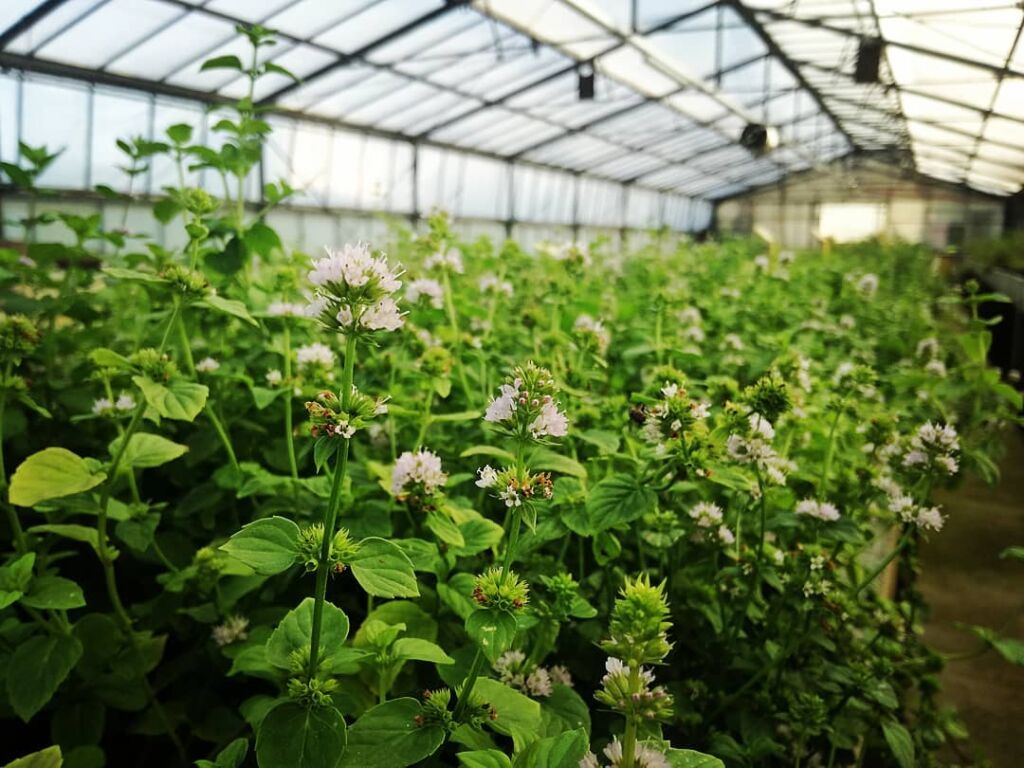Have you ever thought of aromatic and medicinal herbs as flowering plants or suitable for a floral bouquet? It is usually easy to think that these are two real distinct entities. So much so that the curious question often arises: 'But chives don't bloom, do they? '. Let's say that in the common imagination, perfumes and kitchen spices are certainly plants, but mostly green, which do not give real flowers, but especially leaves or seeds, which can then become an integral part of recipes. Here, today we want to disprove this imagination a little and we will support our thesis: aromatic herbs flourish, and how!
Let's start by praising the fact that these are plants generous. Often and willingly, their herbaceous vegetation allows cuts and pruning that these plants are able to reproduce very quickly, in this way the use can be repeated, while still ensuring the health of the plant. The blooms then coincide with a large part of the months of the year: from spring, when many already around April give the first hints of flowering, to the hot summer months when everything trudges under the sun and they never stop making themselves heard, up to arrive at the coolest and most gray autumn when some daring hints of life still do not stop exploding in beauty.
A certain Henri Matisse used to say 'There are always flowers for those who want to see them’. Clearly the interpretations are many and complex, but we like to associate this fluctuating thought with what we produce. Plants that apparently can go unnoticed or be underestimated for, perhaps, their little colorful appearance or for the traditions that unite us, but which in truth give beauty and real flowers. Blooms that can also be appreciated for the multiplicity. The so-called aromatic and edible plants are a vastness, they belong to different genera and families, also intersecting with worlds, such as that of perennials, shrubs, ornamental plants, which would see them as exclusively belonging. Who ever said a Fennel is not only good to eat, but that its large umbel flowers are not just as beautiful to decorate a bouquet? And who can you tell me about the basil? Perhaps seen as the most intoxicating perfume among the aromatic ones, but do we want to talk about its enchanting flower spikes and its colorful leaves?
Often the blooms in aromatic herbs are cut before they appear, because the mistake is made to think that this may be an impediment to the development of the plant. In other cases, however, the inflorescence is allowed to fade on the plant because instead one tries in a certain sense to preserve the balance of the same. We tell you that these blooms can be cut and the cut can not only be used, but it also acts as an aid to the plant itself, which is lightened and stimulated to new vegetation, and in many species also to new blooms. In many cases, the flowers of aromatic plants can be used in the kitchen, for example ai, i rosemary, l’oregano, but nobody forbids putting them in a delicate and fragrant bouquet of flowers! The mind, for example, which give their flowering in full summer, manifest themselves in many declinations of shapes, colors and shades.











